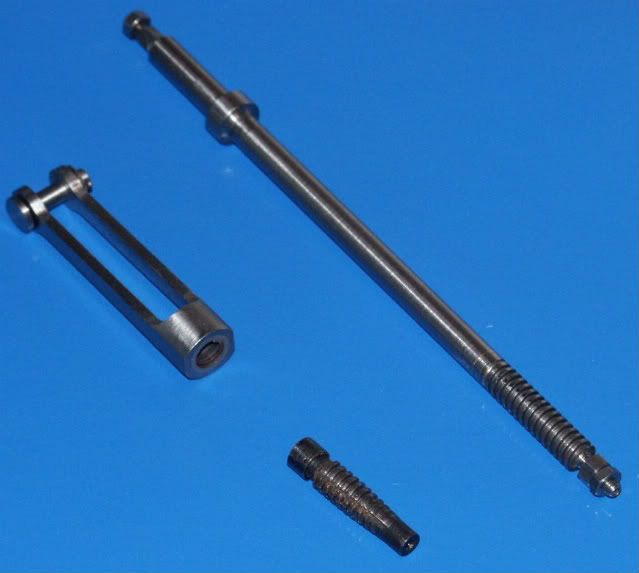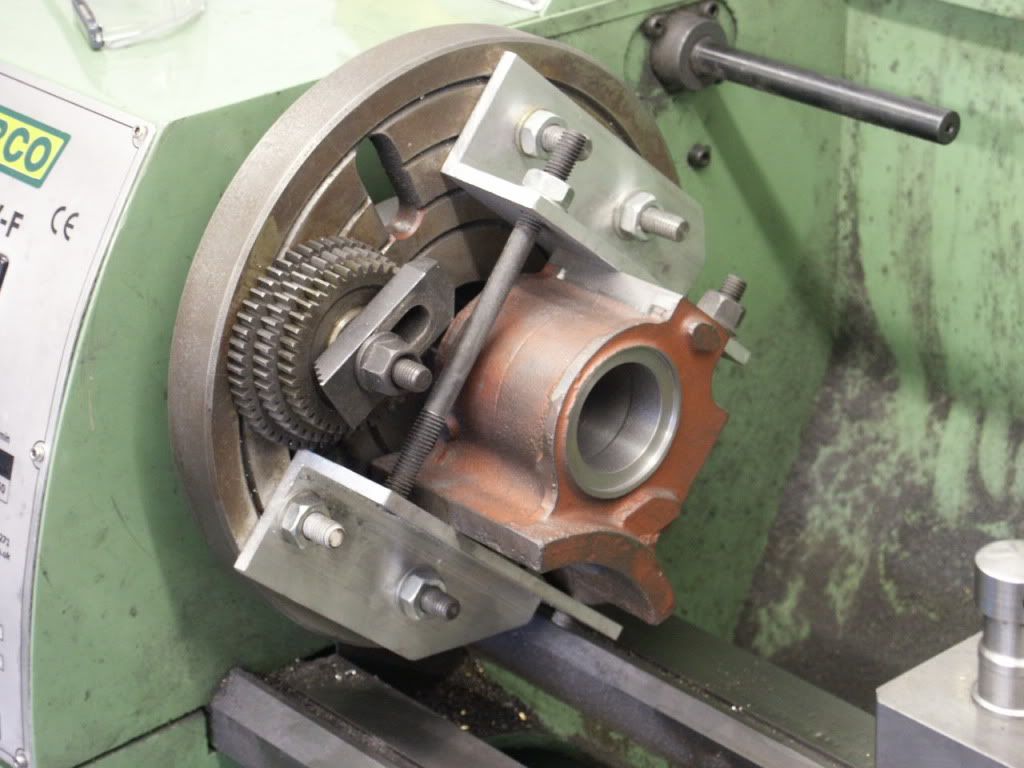Richard T
Established Member
I've never had a problem drilling brass before, not that I've done a lot of it, as I have only drilled small holes for the likes of woodscrews.
Now I come to drilling holes to tap for lever cap screws it's a different animal. I am a great fan of pilot holes and can drill these without incident but when I came to drill out with a 3/8" bit ... it wouldn't get in to its full diameter before digging in on both sides. I clamped everything tight to the pillar drill table - the belt slipped. Fortunately I have the bits of scrap to practise on so have not ruined any lever caps - yet.
So I did some asking round and some reading and find that I have two options; 1: to buy boring tools - not even sure what I would be looking for there and 2: to put a vertical edge on the drill on either cutting edge with a slip stone so that instead of the edge falling away into the curve of the twist of the drill, it has a small, vertical flat that does the cutting. Much less fierce.
I think I will go for the second option but thought I would ask if anyone else is familiar with this trick before I set upon the relevant drill bits with me oil stone and ruin them for steel. Does it work ??
Many vanks in adthance
Now I come to drilling holes to tap for lever cap screws it's a different animal. I am a great fan of pilot holes and can drill these without incident but when I came to drill out with a 3/8" bit ... it wouldn't get in to its full diameter before digging in on both sides. I clamped everything tight to the pillar drill table - the belt slipped. Fortunately I have the bits of scrap to practise on so have not ruined any lever caps - yet.
So I did some asking round and some reading and find that I have two options; 1: to buy boring tools - not even sure what I would be looking for there and 2: to put a vertical edge on the drill on either cutting edge with a slip stone so that instead of the edge falling away into the curve of the twist of the drill, it has a small, vertical flat that does the cutting. Much less fierce.
I think I will go for the second option but thought I would ask if anyone else is familiar with this trick before I set upon the relevant drill bits with me oil stone and ruin them for steel. Does it work ??
Many vanks in adthance






